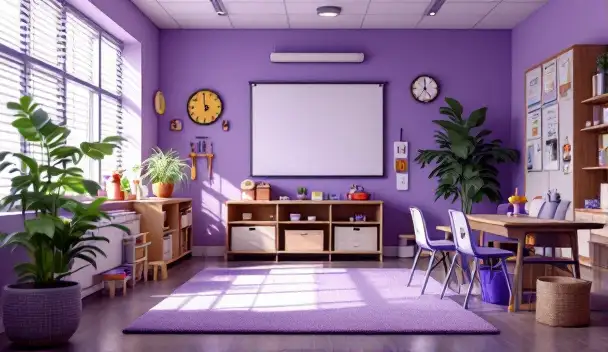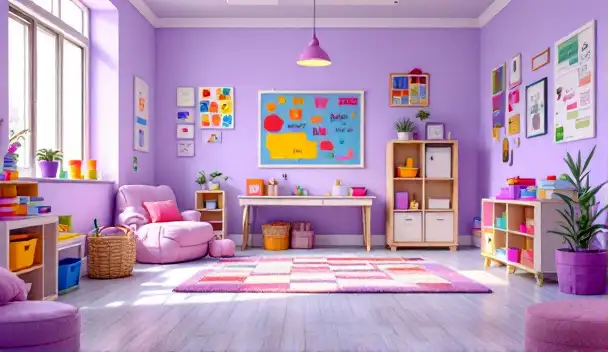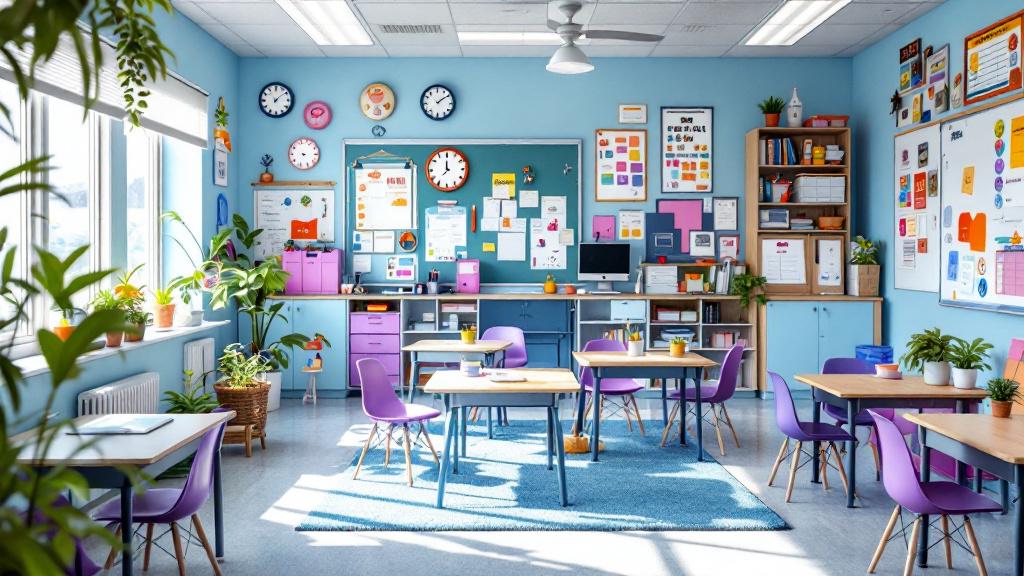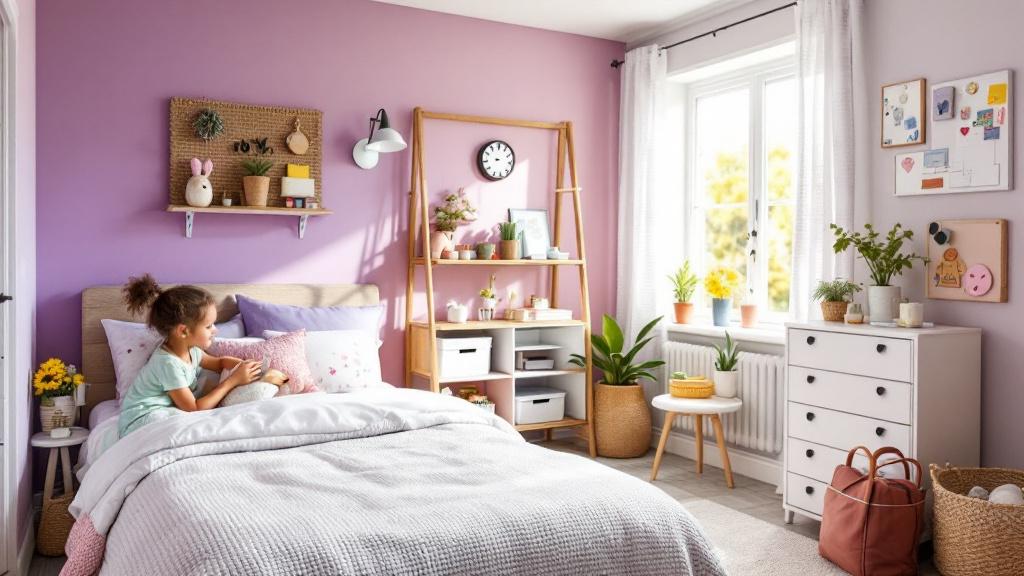Understanding and Improving Sleep Through Behavioral Techniques
Sleep difficulties are prevalent among children with autism, affecting nearly 50–80% of this population. Common issues include prolonged sleep onset, frequent night wakings, and early morning awakenings. These challenges impact not only the child's well-being but also family routines and overall quality of life. Applied Behavior Analysis (ABA) therapy offers a research-backed, personalized approach to tackling sleep problems, focusing on modifying behaviors and establishing consistent routines that promote better sleep hygiene and emotional regulation.
The Intersection of Autism and Sleep Difficulties
Children with autism spectrum disorder (ASD) often face sleep-related challenges, with prevalence rates ranging from 50% to 80%. These sleep issues include trouble falling asleep, frequent night awakenings, short sleep duration, and early rising, which can significantly disrupt daily routines.
Common sleep problems in children with autism extend beyond difficulty initiating sleep. Many experience prolonged sleep onset latency, meaning it takes longer than usual to fall asleep. They might wake multiple times during the night or wake up very early, leading to insufficient or fragmented sleep.
The impact of these sleep difficulties can be profound, affecting not only the child's health and behavior but also disrupting family life. Sleep deprivation can exacerbate behavioral concerns such as irritability and difficulties in attention and learning. In the daytime, children may display increased problem behaviors linked to fatigue, and parents often struggle with managing a sleep-deprived child.
Assessing and addressing these issues is critical. Tools like the Children’s Sleep Habits Questionnaire (CSHQ), sleep diaries, and actigraphy help identify specific sleep challenges. With appropriate intervention, many children can achieve better sleep quality, improving overall functioning and family well-being.
How can ABA therapy improve sleep routines for children with autism?
ABA therapy employs evidence-based techniques to analyze and modify sleep patterns. It starts with collecting data to understand each child's unique sleep challenges. From there, therapists design tailored strategies using positive reinforcement, visual schedules, stimulus fading, and gradual exposure to promote healthy sleep habits. For example, calming activities like reading or gentle stretching before bedtime, and sensory adjustments like weighted blankets or noise machines, help create a soothing environment.
ABA also emphasizes consistent routines, which reduce anxiety and support smoother sleep onset. Incorporating functional communication training can help children express their comfort or needs, reducing bedtime frustrations. Adaptive techniques such as fading bedtime cues or delayed bedtimes encourage children to fall asleep independently, minimizing night wakings.
Overall, ABA's personalized and structured approach helps instill better sleep habits, leading to improved daytime behavior, better health, and a more manageable family routine.
Assessment and Personalization of Sleep Interventions
How do ABA therapists assess sleep problems in children with autism?
ABA therapists use a combination of validated questionnaires, daily logs, and objective tools to understand a child's sleep patterns and issues. Standardized questionnaires such as the Children’s Sleep Habits Questionnaire (CSHQ) and the Family Inventory of Sleep Habits (FISH) help identify common sleep concerns, including trouble falling asleep, frequent night wakings, or sleepiness during the day.
In addition to questionnaires, sleep diaries are maintained over several days. These logs record when the child goes to bed, how long it takes to fall asleep, night awakenings, and total sleep duration. This detailed daily data highlights patterns and variations in sleep behavior.
To gain objective insights, clinicians often utilize actigraphy devices—wearable monitors that track movement and activity levels during sleep. These minimally invasive tools provide a reliable picture of sleep duration and quality without disrupting routines.
Collecting such comprehensive data allows ABA therapists to tailor interventions specifically to the child's sleep challenges, increasing the likelihood of success. Personalizing strategies ensures that routines address individual needs, preferences, and behavioral patterns, ultimately promoting better sleep and overall well-being in children with autism.
Core Behavioral Strategies in ABA for Sleep Improvement
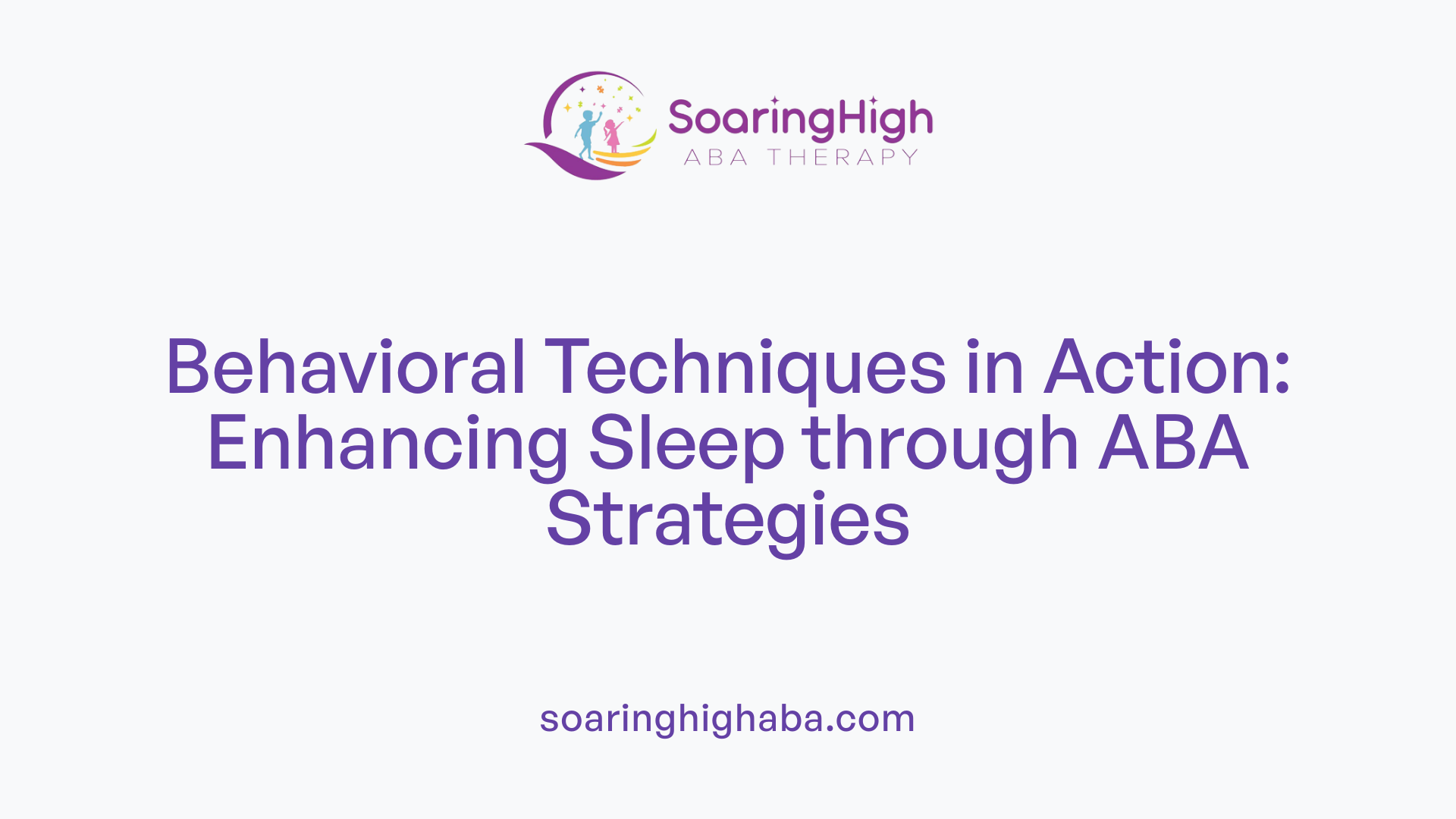
What techniques are used in ABA therapy to enhance sleep patterns?
ABA therapy offers a range of effective methods to improve sleep in children with autism. The process begins with a Functional Behavior Assessment (FBA), which helps identify specific reasons behind sleep issues such as anxiety or sensory sensitivities.
Based on this assessment, therapists and caregivers work together to implement personalized strategies. Establishing a consistent bedtime routine, often supported by visual schedules with picture charts or timers, helps signal sleep time and reduces anxiety. Calming pre-sleep activities such as quiet reading, gentle stretching, or listening to soft music are incorporated to promote relaxation.
Behavioral techniques like positive reinforcement are used to encourage children to engage in calming behaviors and stay in bed. Stimulus fading, which gradually replaces stimulating stimuli with more soothing ones, is another key method.
Specialized interventions such as graduated extinction, where parents gradually increase the time before responding to night wakings, and bedtime fading, where the child’s bedtime is adjusted closer to their natural sleep time, are effective for reducing sleep resistance.
Response cost, which involves decreasing access to preferred activities after bedtime resistance, can also motivate compliance. Visual supports like sleep passes can assist children with limited verbal communication by providing clear cues about bedtime expectations.
These techniques are tailored to each child's specific needs, combining environmental modifications, behavioral reinforcement, and communication strategies. The goal is to help children develop independent, healthy sleep habits while minimizing disruptive behaviors.
Environmental and Sensory Modifications for Better Sleep
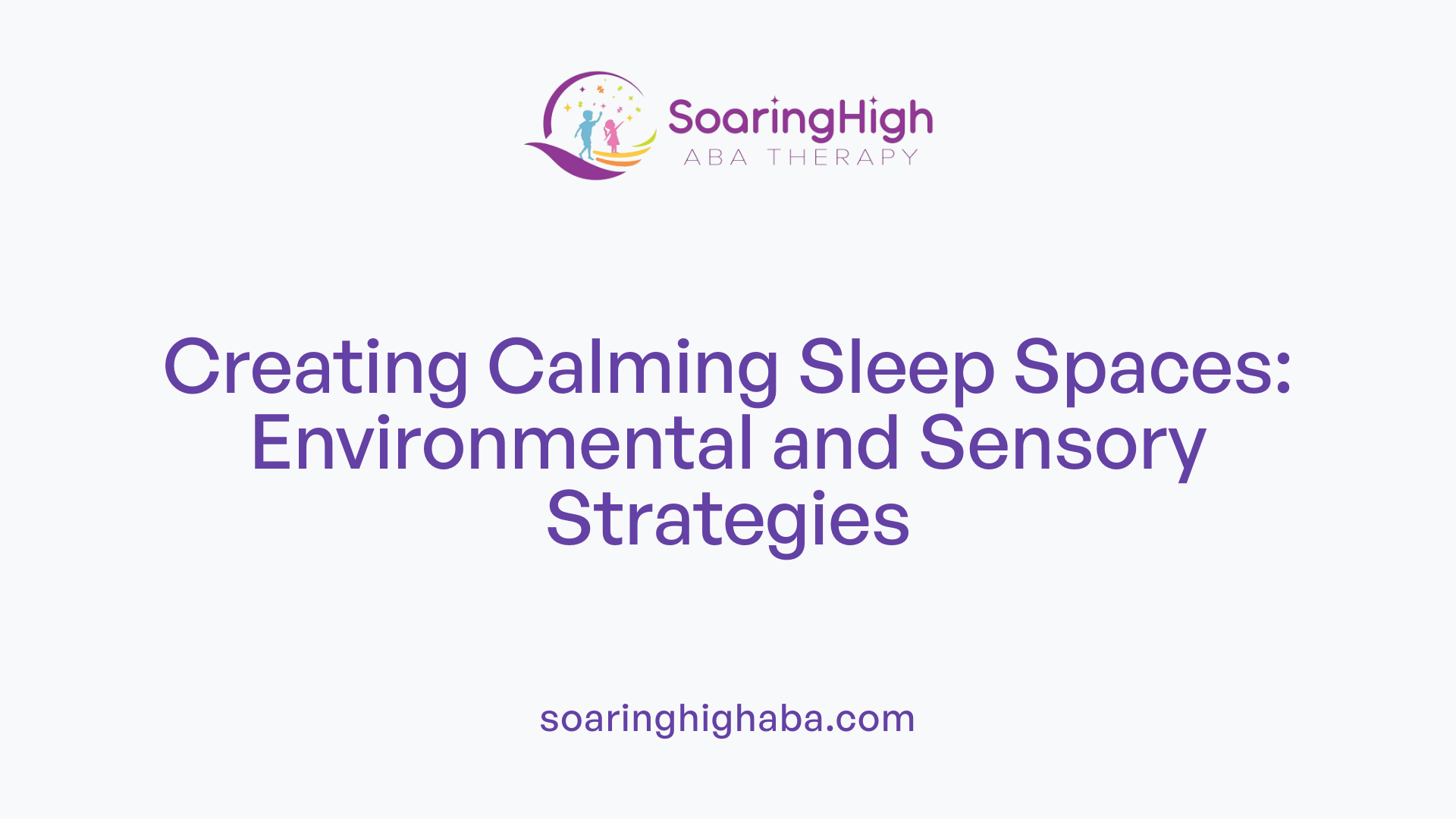
How can ABA therapy incorporate environmental modifications to improve sleep?
ABA therapy recognizes the importance of creating a sleep-friendly environment as part of its personalized approach to addressing sleep issues in children with autism. Therapists work with families to implement specific adjustments that promote calmness and minimize sensory overload.
One common strategy is modifying the bedroom setting. Dimming the lights and ensuring the room temperature remains cool and comfortable help children relax and fall asleep more easily. Maintaining a quiet environment by reducing noise and using white noise machines can block disruptive sounds.
Sensory-friendly tools further support calming routines. Weighted blankets, soft pajamas, and noise machines are examples of items that can reduce sensory input, making the child feel secure and comforted. These tools help decrease anxiety and overstimulation, which can interfere with sleep.
In addition to physical adjustments, incorporating calming activities such as slow breathing exercises, gentle stretching, or listening to soothing music can support relaxation. These activities signal to the child that bedtime is approaching and prepare them mentally and physically for sleep.
By tailoring environmental and sensory modifications to each child's unique sensitivities, ABA therapy helps establish a peaceful, predictable sleep environment. This holistic approach, combining environmental adjustments with behavior strategies, fosters better sleep patterns and overall well-being.
Role of Visual Supports and Communication in Sleep Routines
How does ABA therapy utilize visual supports for better sleep habits?
ABA therapy heavily relies on visual supports as effective tools to improve sleep routines for children with autism. Visual schedules with picture charts or timers break down nightly activities into easy-to-understand steps. This visual breakdown reduces confusion and anxiety by providing predictable cues for each part of the bedtime process. For example, a picture schedule might include images of a toothbrush, pajamas, book, and sleep position, guiding children through waking-up time and bedtime expectations.
Timers serve as additional cues, signaling when it’s time to start winding down or indicating that wake-up time is approaching. These visual cues help children understand the sequence of events without relying solely on verbal instructions, which may be less effective for some children.
Social stories are another form of visual support, involving simple narratives combined with illustrations. They explain what to expect during bedtime, such as feeling tired or needing quiet time. Social stories can lessen bedtime anxiety by making routines clearer and more consistent.
Using these supports promotes a sense of predictability and control, which is crucial for children with autism. As routines become more familiar, children are more likely to develop independence at bedtime and experience fewer sleep disturbances.
Strategies to improve sleep include:
- Creating visual bedtime charts with specific pictures.
- Using timers for transitioning between activities.
- Implementing social stories tailored to the child's needs.
- Consistently reinforcing routines with visual cues.
Incorporating visual supports into bedtime routines fosters understanding and cooperation, creating a calming environment that encourages healthier sleep habits and alleviates fears related to bedtime.
Promoting Sleep Independence and Parental Involvement

What methods do ABA therapists employ to foster independent sleep?
ABA therapists utilize several strategies to help children with autism develop the ability to fall asleep and stay asleep independently. A core approach involves establishing consistent, predictable bedtime routines that the child can follow with minimal prompts. These routines may include calming activities like a warm bath, quiet reading, or gentle stretching, which signal to the child that it is time to sleep.
Another effective method is graduated extinction. This technique involves systematically increasing the amount of time parents wait before responding to a child's night wakings or crying. Over time, this helps the child learn to self-soothe and rely less on parental intervention.
Visual supports, such as picture charts or sleep passes, can be used to help children understand and manage transitions during the night. These cues provide a clear, visual method for children to recognize when they should go to bed or when they are allowed to get up.
Positive reinforcement plays a vital role in reinforcing independent sleep behaviors. Therapists and parents reward successes with praise, tokens, or preferred items to motivate the child. Consistent reinforcement encourages the child to practice and maintain new sleep routines.
Parent and therapist collaboration is essential. Training caregivers to implement these routines, gradually reduce prompts, and respond appropriately to night wakings helps ensure consistency and effectiveness. Ultimately, fostering independent sleep skills not only benefits the child's sleep quality but also reduces parental stress and supports the development of long-term healthy sleep habits.
Evidence and Success Stories Validating ABA's Effectiveness
 Research findings strongly support the use of ABA therapy to improve sleep problems in children with autism. Multiple studies have documented significant progress in reducing common issues such as trouble falling asleep, frequent night wakings, and irregular sleep patterns. For instance, clinical trials employing ABA techniques like bedtime fading, graduated extinction, and sensory adjustments show that children experience longer and more consistent sleep cycles after targeted interventions.
Research findings strongly support the use of ABA therapy to improve sleep problems in children with autism. Multiple studies have documented significant progress in reducing common issues such as trouble falling asleep, frequent night wakings, and irregular sleep patterns. For instance, clinical trials employing ABA techniques like bedtime fading, graduated extinction, and sensory adjustments show that children experience longer and more consistent sleep cycles after targeted interventions.
Parents' reports and case studies further illustrate the positive outcomes achieved through ABA. Many caregivers have shared success stories where children now fall asleep more rapidly, wake fewer times during the night, and exhibit better daytime behavior. One parent noted that after participating in an ABA-guided bedtime routine adjustment, their child’s sleep duration increased by over an hour, resulting in improved mood and engagement during the day.
Follow-up data collected from extended observation windows reveal long-term benefits prevalent with early and consistent intervention. Children maintain better sleep routines months after therapy, with some studies indicating a sustained reduction in sleep issues without the need for medication. Additionally, parent training components of ABA programs empower caregivers with effective strategies, fostering independence in children and reducing family stress.
| Evidence Type | Outcomes Observed | Supporting Data | Additional Notes |
|---|---|---|---|
| Research Studies | Reduction in sleep onset latency, night wakings | Multi-study reviews, single-case designs | Consistent improvements noted in controlled trials |
| Parent Reports | Increased confidence, improved sleep routine | Testimonials and survey responses | Many parents report decreased stress and better sleep for children |
| Follow-up Data | Maintenance of sleep improvements over months | Longitudinal follow-up studies | Benefits often last without ongoing intervention |
Overall, evidence from research, clinical case reports, and long-term follow-ups affirm that ABA therapy is a highly effective method for addressing sleep problems in children with autism. The combination of behavioral techniques with parent training not only improves sleep patterns but also enhances overall well-being and family functioning.
Integrating Care and Ensuring Long-Term Success
How is ABA therapy connected to sleep improvement in children with autism?
ABA therapy plays a crucial role in enhancing sleep for children with autism by applying personalized, evidence-based behavioral strategies. Therapists conduct functional behavioral assessments (FBA) to understand specific behaviors that disrupt sleep, such as bedtime resistance or frequent night wakings.
Through this process, targeted interventions are designed to address these issues effectively. These strategies often involve improving sleep hygiene by establishing consistent routines, using visual supports like picture schedules or timers, and implementing reward-based systems to encourage positive sleep behaviors.
In addition, circadian modifications—adjusting sleep timings to better fit the child's natural rhythm—are included to promote easier sleep onset and longer sleep durations. Instead of relying solely on extinction methods, ABA interventions focus on reinforcing calming pre-sleep activities like sensory-friendly adjustments, deep-pressure activities, and relaxing sensory input.
Research indicates that these tailored approaches not only improve sleep quality but also positively impact daytime behavior and emotional regulation. Parents often notice reductions in bedtime resistance and night wakings, leading to better overall functioning and improved family routines. The collateral benefits extend to increased parental confidence and well-being.
In summary, ABA-based sleep treatment offers a flexible, effective alternative to traditional methods, addressing individual needs while promoting healthier sleep patterns and better daytime behavior.
Incorporating ABA into Daily Sleep Routines for Lasting Benefits
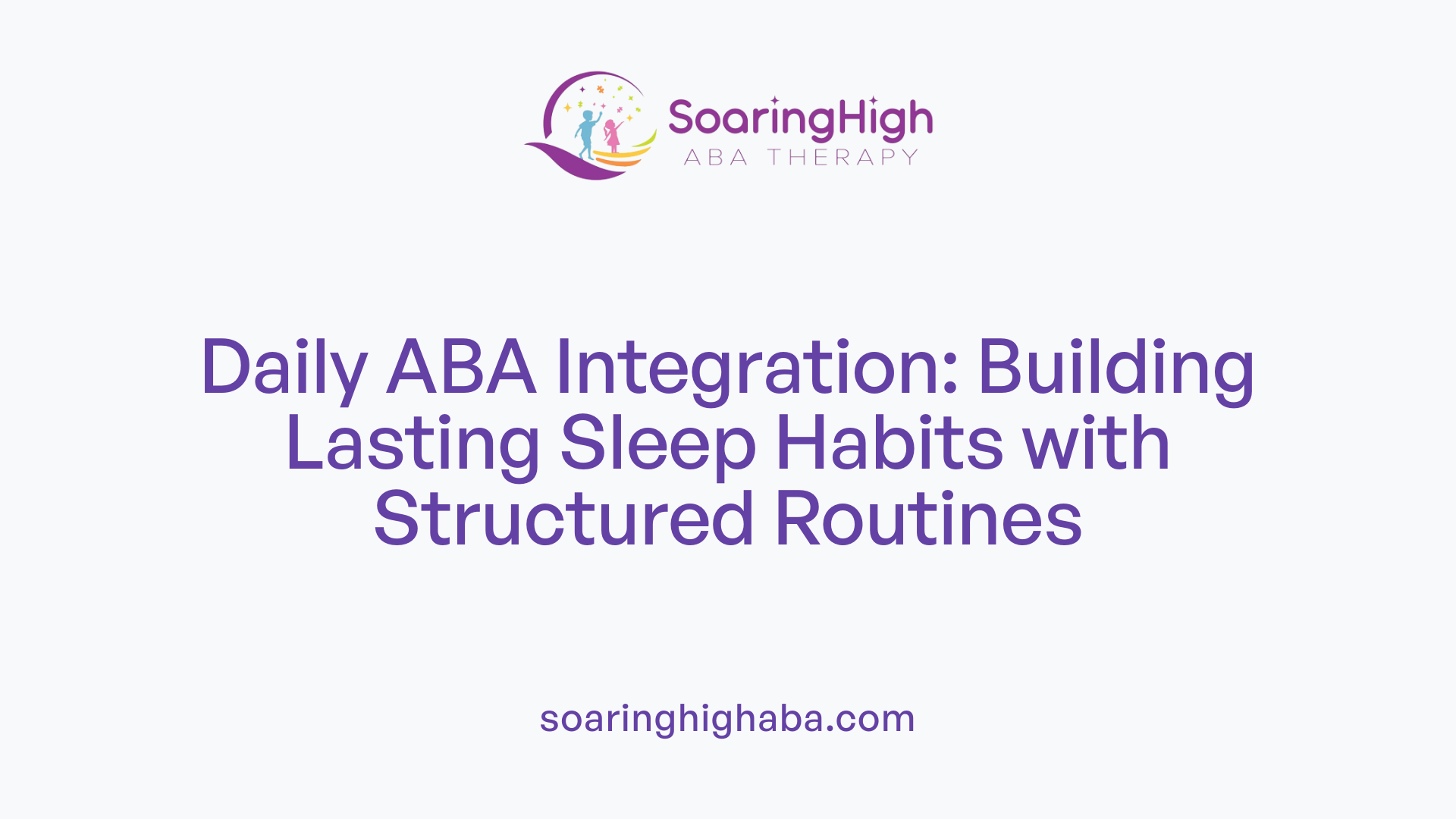
How can ABA therapy be incorporated into a child's sleep routine for better outcomes?
ABA (Applied Behavior Analysis) therapy is a proven approach that uses evidence-based methods to support children with autism in developing healthier sleep habits. Integrating ABA into sleep routines involves creating structured, predictable activities tailored to each child's needs. Establishing consistent bedtime routines with visual aids—such as picture charts or timers—can help children understand what to expect and reduce anxiety about sleep.
An important aspect is creating a calming, sensory-friendly environment. Adjustments like dimming lights, using noise machines, and choosing soft pajamas help manage sensory sensitivities. Therapists often incorporate sensory strategies such as sensory diets, deep-pressure activities like gentle brushing or massage, and desensitization techniques to help children feel more relaxed and ready to sleep.
Further, relaxation strategies like slow breathing exercises, listening to calming music, or gentle stretching can ease the transition to sleep.
Positive reinforcement plays a central role. Praise, rewards, and social stories can motivate children to follow routines and adopt calming behaviors, contributing to improved sleep quality.
By working closely with caregivers, ABA therapists customize routines that address individual sleep challenges, ensuring consistency and sustainability. This combined approach fosters healthier sleep habits, which are vital for the child's overall development and well-being.
Supporting Long-Term Sleep Success in Children with Autism
Implementing ABA-based strategies for sleep in children with autism offers a personalized, effective pathway to improved sleep habits. Through a combination of behavioral techniques, environmental adjustments, visual supports, and caregiver involvement, families can see significant improvements in sleep quality, duration, and consistency. Early intervention and ongoing assessment are crucial for tailoring interventions to each child's evolving needs, ensuring lasting benefits. With collaboration among therapists, families, and healthcare providers, children can develop healthier sleep routines that enhance their overall well-being, emotional regulation, and daily functioning.
References
- ABA Therapy And Sleep Patterns: The Key To Sweeter Dreams
- Recommendations for Identifying Sleep Problems and Treatment ...
- How ABA Therapy Improves Sleep Challenges - ABA Success
- Bedtime Routine for Autism: Tips for Better Sleep - Astra ABA
- Promoting Sleep: ABA Techniques for Better Bedtimes
- ABA Therapy And Sleep Patterns: The Key To Sweeter Dreams
- Sleep Solutions For Kids With Autism: A Relaxing Bedtime Routine
- Promoting Sleep: ABA Techniques for Better Bedtimes
- ABA Therapy And Sleep Patterns: The Key To Sweeter Dreams





































